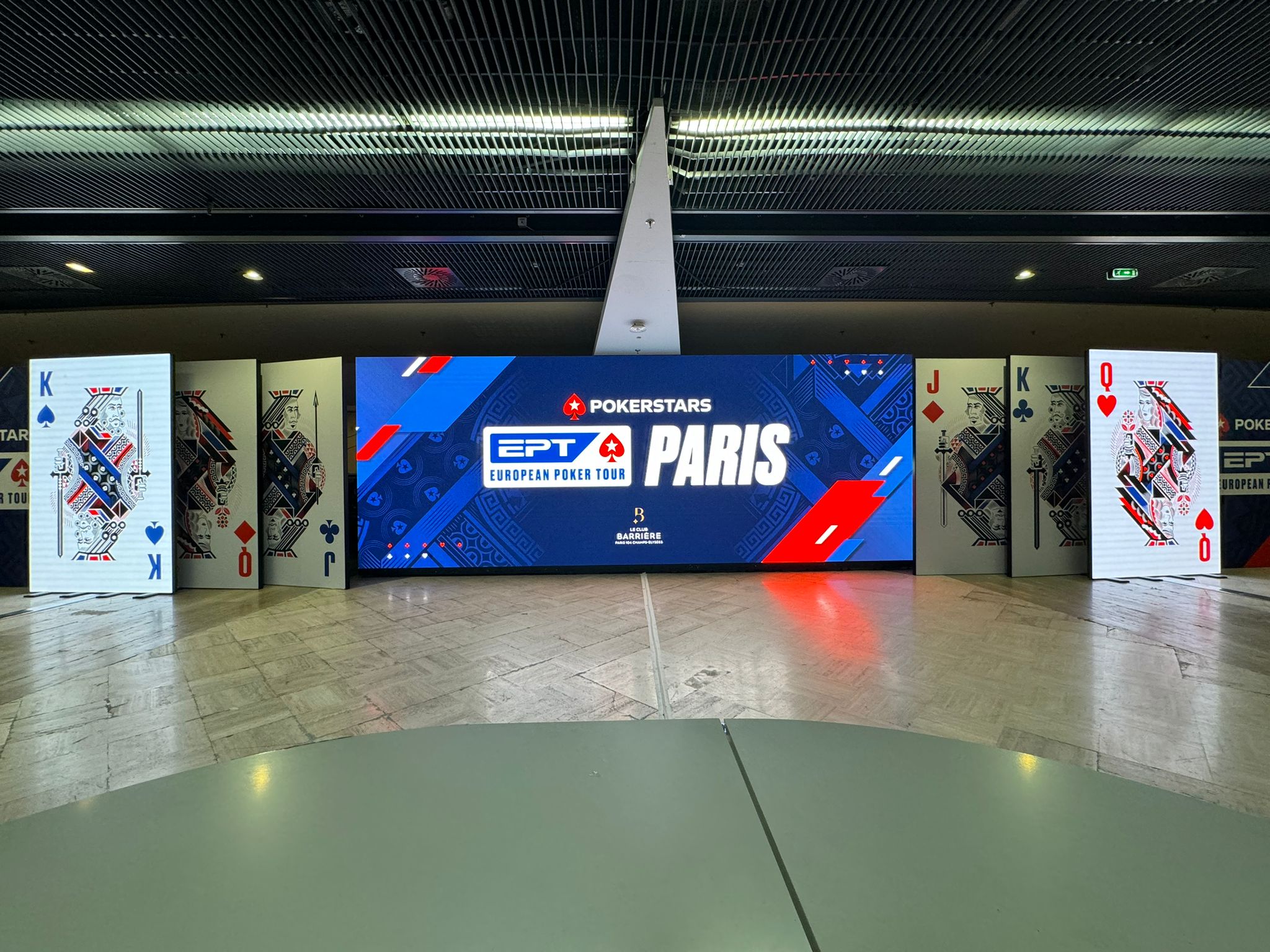LED screens are now an integral part of the urban landscape, providing clear access to accurate and up to date information, displaying live events in real time, or communicating brand messaging and advertisements. There are several different types of screens available that are suitable for specific purposes, so it can be a challenge to find the perfect fit.
This is particularly the case if you need to buy LED screens in bulk for a retail chain, exhibition hall, museum, or other purpose. Here’s a look at the key differences between the commonly used types of screen to help you make an informed decision.
Indoor LED screens
Indoor LED screens have a huge range of purposes, from displaying advertisements and promotional content in shopping malls and stores, to enhancing presentations and lectures, and displaying digital menus in restaurants and cafes.
Indoor screens typically have higher resolution and low pixel pitch for clarity at shorter viewing distances. They do not require the same levels of brightness as outdoor screens, so they can be more cost effective to run.
Outdoor LED screens
LED screens designed for outdoor use are more solid and robust so they can withstand weather conditions and any accidental impacts or attempts at malicious damage. The screens are designed to resist rain and dust, and can remain operational even at extremes of temperature.
Outdoor screens have high brightness levels so that the content is clearly visible even in direct sunlight, and some screens have technology that enables them to automatically adjust to the external brightness levels. They are commonly used for advertising billboards at roadsides or near transport hubs or other areas with high footfall.
Other common uses of outdoor LED screens include sports stadiums and events, to display information such as scores, match statistics and travel and weather updates. They are also used to stream live action so that audience members can have a clear view no matter where they are positioned in the stadium.
Transparent LED screens
Transparent LED screens are sometimes also referred to as grille screens, and they are able to emit light without the need for a solid colour background. The screens are mounted on clear film or another ultra-thin material such as LCD glass, and have around 70 to 90% transparency.
Transparent screens are ideal for mounting on the sides of historical buildings to minimise the intrusion on the character and architecture of the building. They are also ideal for glass-walled buildings to prevent the obstruction of natural light, and for placing in shop window displays or for use as in-store displays.
Other uses of transparent screens include art galleries, exhibition halls and museum displays to create visual effects, or even as a part of the artworks themselves. The screens typically have lower energy consumption than regular LED displays, so they can be more cost-effective to run.
However, the initial upfront cost may be higher, and some types of transparent screen may have lower brightness levels and not be suitable for use in all types of environments.
Flexible LED screens
Flexible LED screens are able to fold or wrap around surfaces, which makes them ideal for a range of applications. For example, they can be fitted to closely follow the exterior profile of a building or structure, minimising the visual intrusion and preserving some of the original character of the structure.
They can also be used for creative indoor displays, for example to form cylindrical shapes that allow for 360-degree viewing. The screens are composed of ultra-thin and lightweight panels that are easy to handle and install onto irregular surfaces, such as curved walls, around corners, or even onto ceilings, flooring, and along stair risers.
Flexible screens are often used as stage backdrops or to form waves or canopies in exhibitions for an immersive and memorable experience. Depending on the complexity of the design, flexible screens may need to be installed by a professional to ensure that they work effectively. Flexible screens will generally have a higher price point than regular screens.
LED posters
LED posters are basically just that: a lightweight portable display that can be easily set up on a stand in an indoor environment. They provide much brighter and clearer visuals than traditional static posters, attracting the attention of passersby in places such as shopping malls and stores, or augmenting exhibition stand displays.

